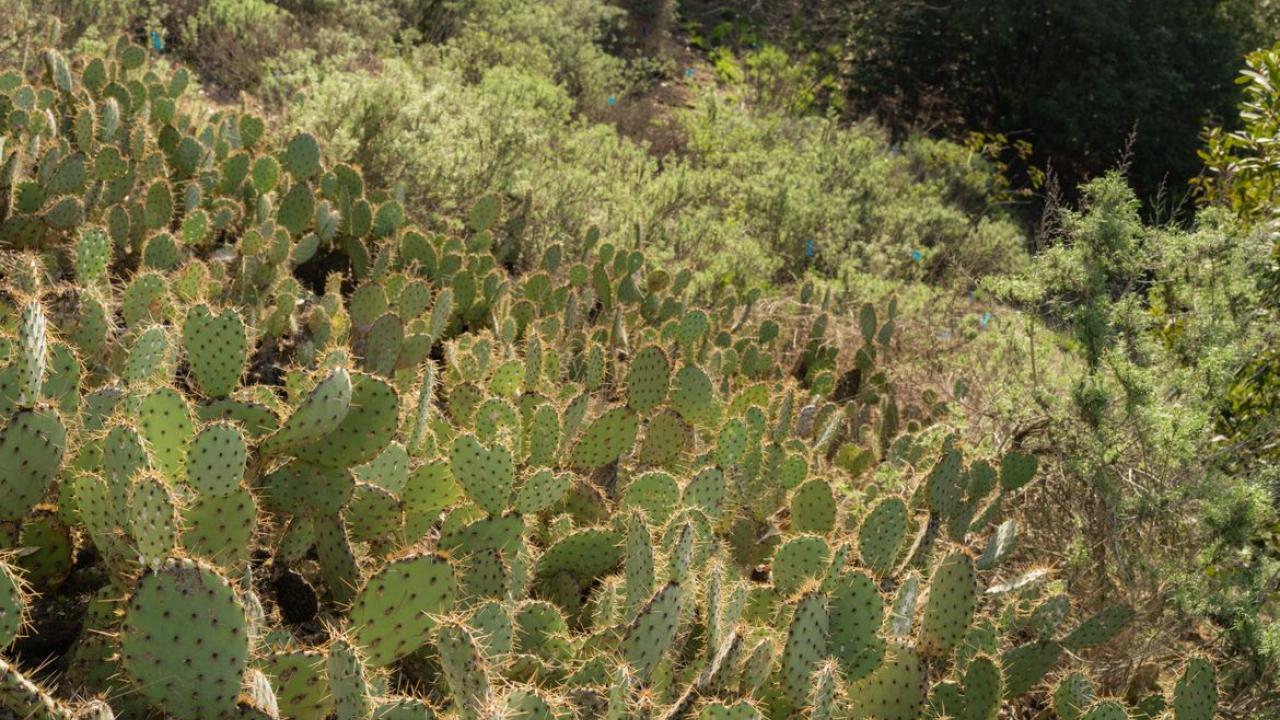UCLA’s campus supports three major natural spaces: the Mildred E. Mathias Botanical Garden, Stone Canyon Creek and Sage Hill. Collectively, they support biodiverse and important ecosystems.
The Mildred E. Mathias Botanical Garden is the most well-known natural space on UCLA’s campus. With more than 3,000 species of plants from around the world, many visitors come to enjoy the space and connect with nature. To date, more than 500 species of birds, insects and other animals have been spotted and cataloged within garden boundaries on the community science app, iNaturalist.
Stone Canyon Creek is located just north of the UCLA Anderson School of Management. For years, students in biology classes taught by Alison Lipman ‘96 and volunteers with the student-run Ecological Restoration Association have removed invasive species and transplanted natives. This is done to stabilize creek banks and enhance water quality.
Sage Hill is a 3.5-acre area of coastal sage scrub situated between Bellagio Drive and Veteran Avenue. Overseen by the UCLA Institute of the Environment and Sustainability, it is the largest remaining patch of native California habitat in West Los Angeles south of Sunset Boulevard. This land is not open to the public, however, and is instead reserved for education and research.
Learn more about all three of these UCLA natural spaces and the associated ongoing restoration efforts at UCLA Newsroom.
Image Source: Peter Bohler





